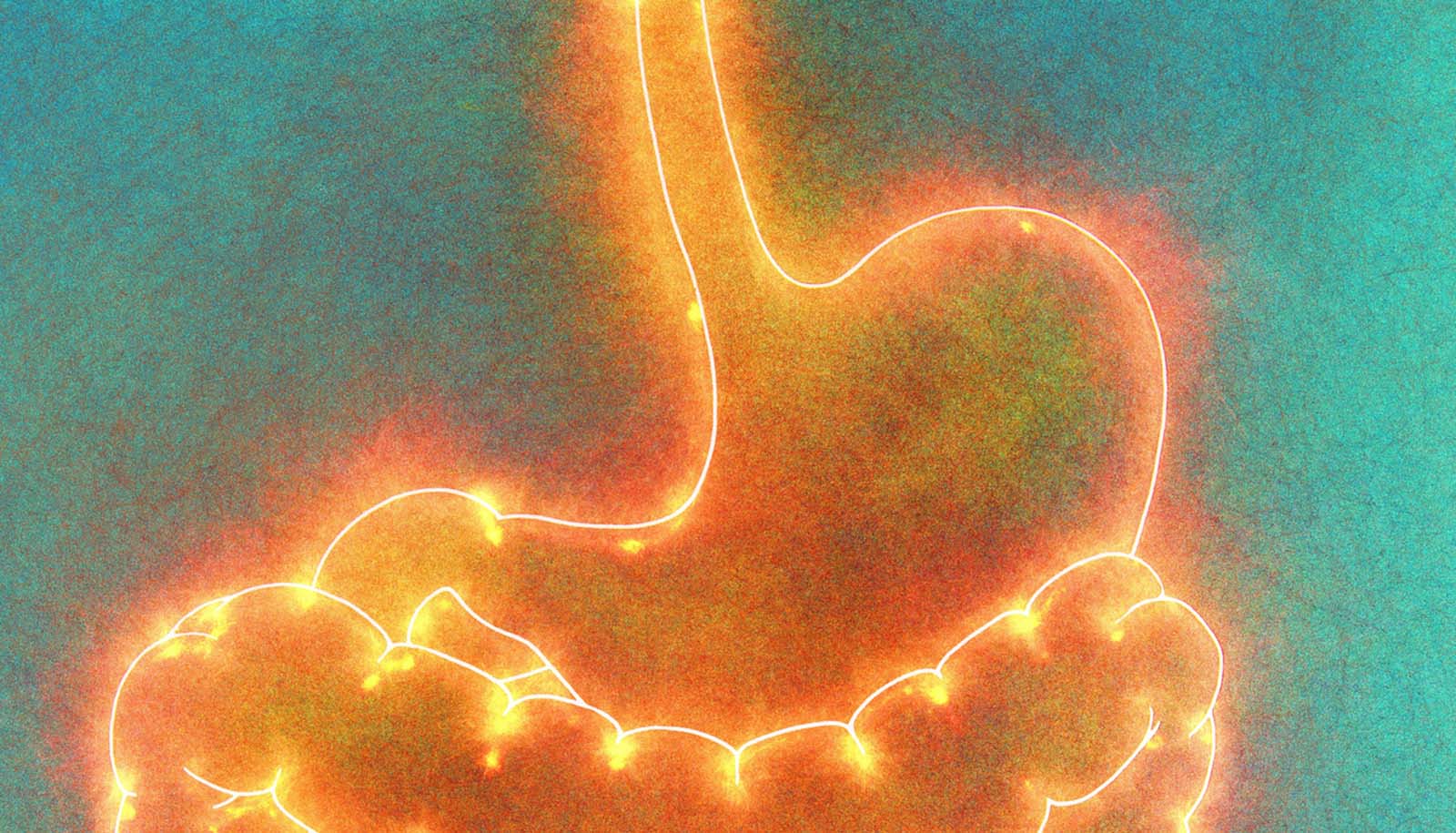Combining a cancer therapy with a second drug therapy that helps suppress tumor blood vessels found in cancer cells can help to significantly reduce the spread of breast cancer tumors while also causing cancer cell death, report researchers.
Each day, normal human cell tissues express a protein known as p53 that wages war against potential malignancies. However, between 30 and 40 percent of human breast cancers express a defective (mutant) form of the protein that helps cancer cells proliferate and grow.
A mutated p53 protein exists in a majority of breast cancer cases. The mutated protein plays a key role in promoting tumor cells and helps in the development of blood vessels that supply oxygen and other nutrients the tumor needs to grow. A molecule known as APR-246, however, which is the drug currently under a human clinical trial, can restore p53 function to give the body the tools it needs to fight cancer.
“In order to effectively treat tumors, therapeutics are being developed that target mutant proteins that help grow cancer cells; APR-246 is one of those drugs,” says Salman Hyder, professor in tumor angiogenesis and professor of biomedical sciences at the University of Missouri College of Veterinary Medicine and the Dalton Cardiovascular Research Center.
“However, we have identified another way to target cancer cells using APR-246 that attack breast tumor cells as well as antibodies that target the blood vessels that supply nutrients to tumors.
Breast cancer genes could predict best treatment
“Our lab tested whether a combination of APR-246 and helpful antibodies would control tumor development by simultaneously restoring p53 protein function and reducing the tumor blood vessels that supply cancer cells with nutrients.”
Hyder and his team chose a specific antibody, 2aG4, which has the ability to destroy blood vessels and prevent future growth.
In the human cell lines that were in vitro, or outside the body, APR-246 induced a significant amount of tumor cell death. Then, researchers tested the combination therapy with APR-246/2aG4 in mice that had cancerous tumors. Tumor growth was more effectively suppressed by the combination treatment than by either agent alone. In some cases, the therapy completely eliminated cancerous tumors. Further, researchers found that the combination therapy more effectively induced cancer cell death and dramatically reduced the density of blood vessels, which serve as a major route for metastasis.
How some breast cancer cells return after chemo
“APR-246, the drug currently in human clinical trial, is showing very promising results,” Hyder says. “Based on our findings, we can show that breast tumor growth might effectively be controlled by simultaneously targeting the p53 protein and the blood vessels that supply cancer cells through a combination therapy.”
The early-stage results are promising. If additional studies are successful within the next few years, the compounds may be tested in human clinical trials with the hope of developing new treatments for breast and other cancers.
The researchers report their findings in the journal Breast Cancer–Targets and Therapy.
The University of Missouri College of Veterinary Medicine and APREA AB in Solna, Sweden funded the work.
Source: University of Missouri



